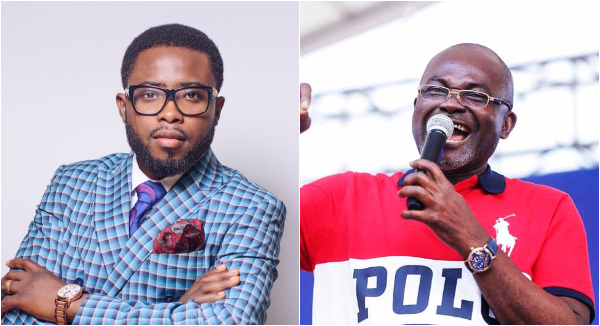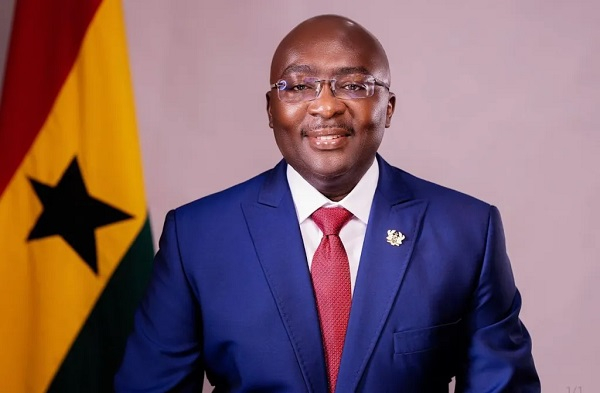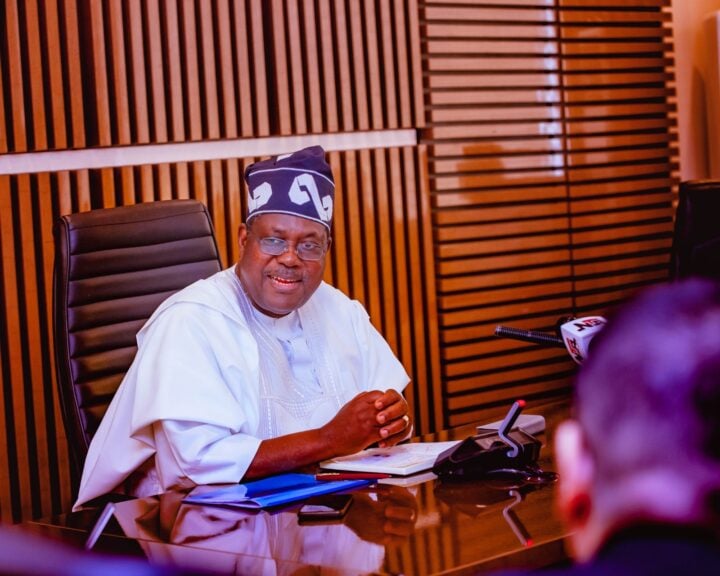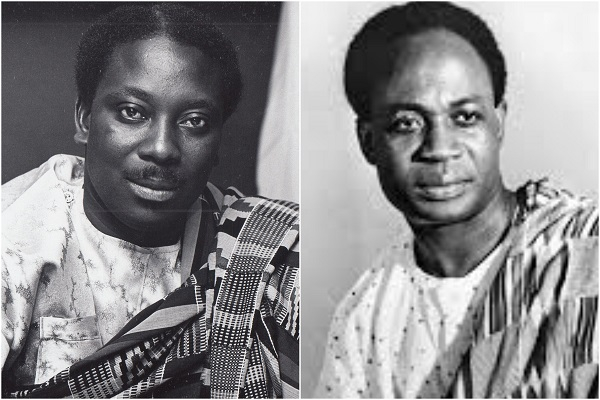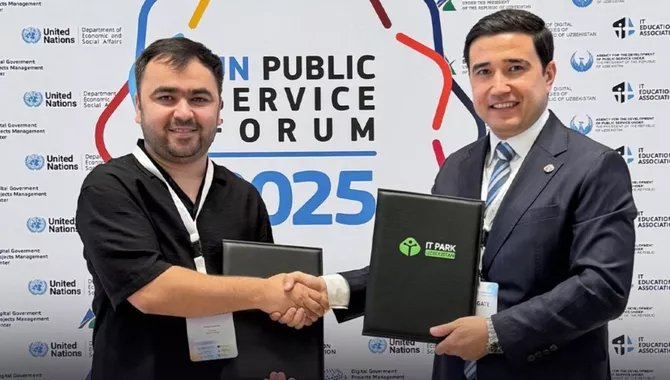Tech Leaders Affirm AI as Ally to Human Creativity
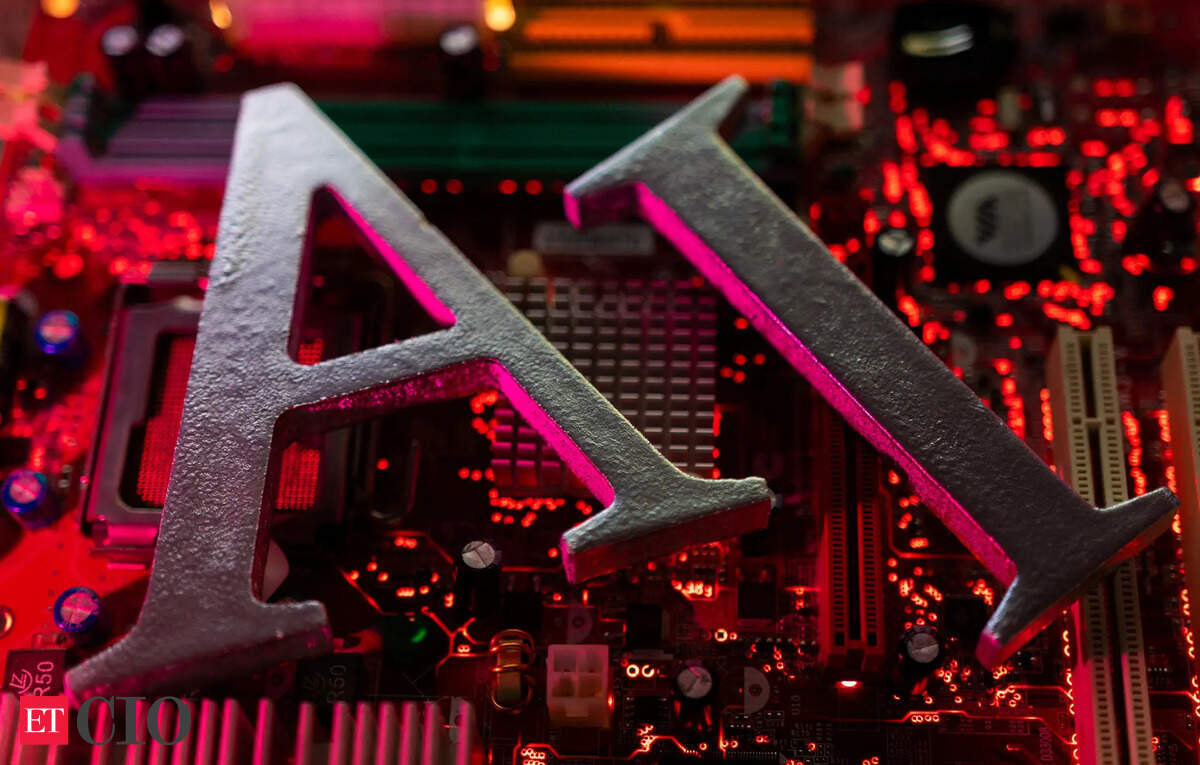
At the World Audio Visual and Entertainment Summit (WAVES) 2025 in Mumbai, technology leaders convened to discuss the transformative role of Artificial Intelligence (AI) in the creative industries. The consensus was that AI serves as a powerful ally to human creativity, enhancing capabilities rather than posing a threat. The summit highlighted AI's impact on media, design, and regional language storytelling, positioning India as a key player in this technological revolution.
Adobe CEO Shantanu Narayen delivered a keynote address on "Design, Media and Creativity in the Age of AI," tracing the evolution of the digital landscape from the early internet to the mobile revolution and now the AI era. He emphasized India's growing influence, noting that over 500 million people in India consume online content, with an increasing demand for regional language storytelling. Narayen asserted that generative AI is augmenting human creativity, enabling Indian creators to transcend traditional mediums and expanding possibilities in imaging, video, and design. He also outlined a four-part roadmap for India to achieve global leadership, which includes boosting creativity and production, evolving business models, building an AI-ready workforce, and fostering entrepreneurship.
In a fireside chat titled "AI Beyond Work," NVIDIA’s Richard Kerris and Vishal Dhupar explored how AI is transforming the relationship between people and machines in creative domains. Dhupar reflected on the evolution of personal computing, highlighting NVIDIA’s vision of computers as creative collaborators. Kerris shared his experiences with early 3D animation challenges, noting that generative AI accelerates the creation process from idea to realization. Both Kerris and Dhupar emphasized that AI empowers creative people by providing tools, but it does not replace the essential crafts and basics of creativity.
Anish Mukherjee from NVIDIA led a masterclass on "Bringing Stories to Life with Gen AI," demonstrating practical applications of generative AI, such as converting static images into digital humans, creating multilingual voiceovers, and generating AI music using NVIDIA’s Fugato model. Mukherjee explained how large language models, AI animation, and DLSS technology are creating immersive storytelling experiences, particularly in gaming. He noted that AI-powered characters that intelligently respond to players are redefining narrative engagement. Mukherjee concluded by advocating for leveraging computational power, robust datasets, and sophisticated algorithms to unlock AI’s full creative potential, mentioning that open-source tools like Nemostack are empowering creators across various sectors.
